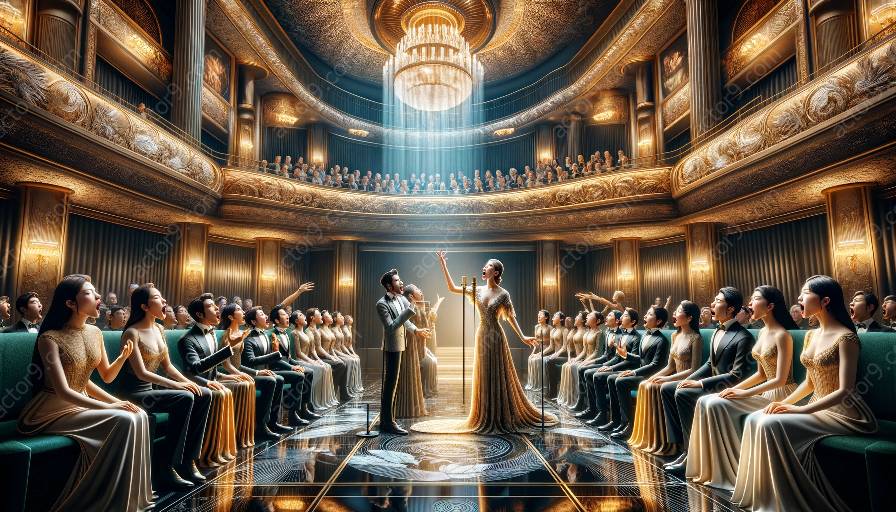Exploring the dynamic world of extended vocal techniques and their impact on diverse cultural traditions and practices.
Introduction
Vocal artistry is an incredibly diverse and expressive form of human communication. From traditional singing techniques to the modern innovation of extended vocal techniques, the world of vocal artistry is a rich tapestry of cultural diversity. The intersection of cultural diversity and extended vocal artistry is a fascinating topic that shines a light on the unique ways in which different cultures harness the human voice to communicate, express emotion, and tell stories.
Extended Vocal Techniques
Extended vocal techniques encompass a wide range of experimental and non-traditional vocal sounds and methods. These techniques go beyond the conventional boundaries of singing and speech, opening up a world of possibilities for vocal expression. Examples of extended vocal techniques include vocal distortion, overtones, throat singing, multiphonics, and vocal percussion, among many others. These techniques are not only a means of sonic expression but also serve as a platform for cultural exchange and exploration.
Cultural Diversity and Vocal Traditions
One of the most captivating aspects of the intersection of cultural diversity and extended vocal artistry is the exploration of vocal traditions from around the world. Each culture has its own unique vocal traditions, which are deeply rooted in history, spirituality, and social customs. By examining how extended vocal techniques intersect with these traditions, we gain a deeper understanding of the cultural significance of the voice and its impact on human societies.
Impact on Cultural Practices
The adoption and adaptation of extended vocal techniques within traditional cultural practices can lead to exciting new forms of artistic expression. As artists from different cultural backgrounds collaborate and share their vocal techniques, new and innovative styles emerge, enriching the global musical landscape. This cultural exchange fosters mutual respect and understanding while celebrating the diversity of human creativity.
Preservation and Evolution
Exploring the intersection of cultural diversity and extended vocal artistry also brings to light the importance of preserving traditional vocal techniques while embracing innovation. By acknowledging and respecting diverse vocal traditions, we can ensure the continued vitality and relevance of cultural practices, while also encouraging the evolution of vocal artistry in a global context.
Conclusion
The intersection of cultural diversity and extended vocal artistry is a captivating realm where the human voice becomes an instrument of cross-cultural communication and artistic innovation. By embracing and celebrating the diverse vocal traditions of the world, while also exploring the possibilities of extended vocal techniques, we contribute to a world where cultural exchange and artistic expression thrive in harmony.









































